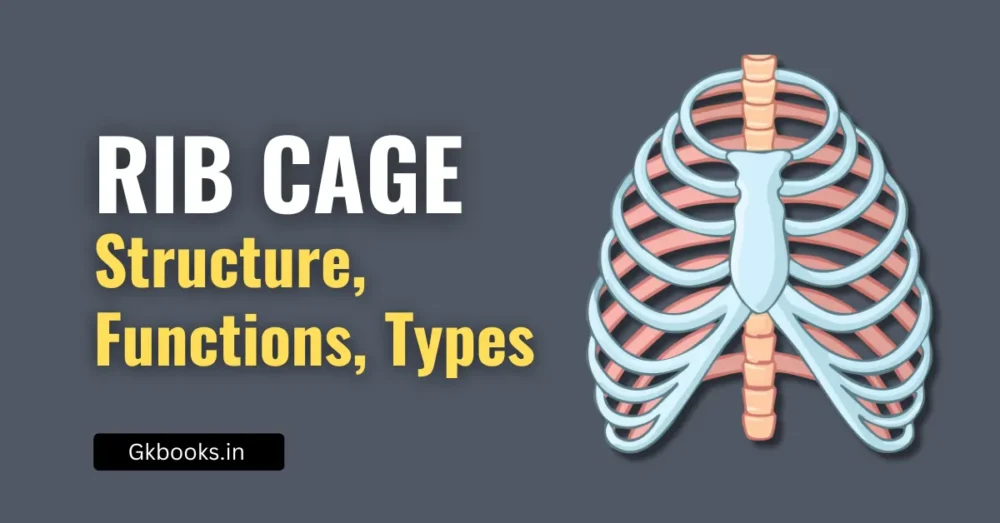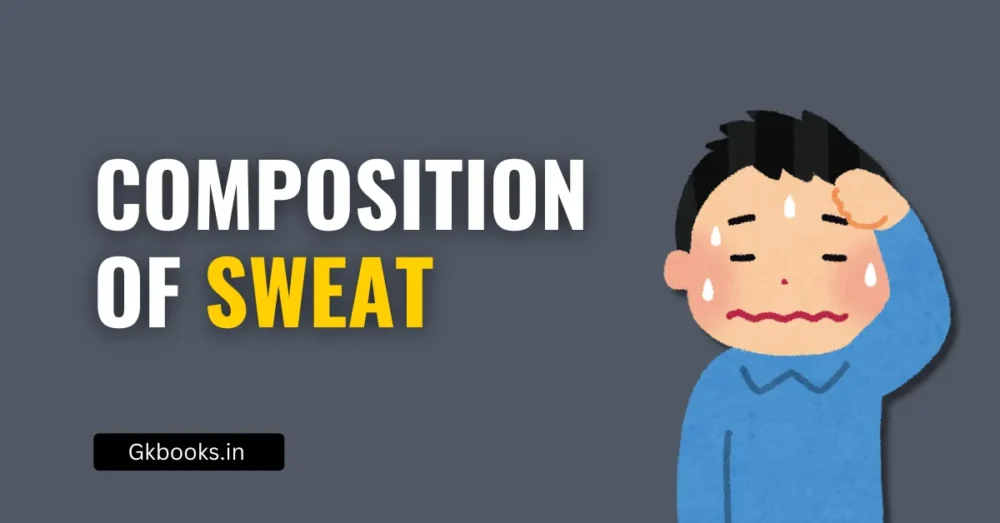Haemoglobin is one of the most important molecules in our body. It helps in carrying oxygen from the lungs to all parts of the body. In this blog, we will learn about haemoglobin in a simple and easy-to-understand way.
What is Haemoglobin?
- Haemoglobin (Hb) is a special protein found in red blood cells (RBCs).
- It is responsible for transporting oxygen from the lungs to different parts of the body and bringing back carbon dioxide to the lungs for exhalation.
- Haemoglobin gives blood its red color.
Key Points:
✅ Haemoglobin is found in red blood cells.
✅ It carries oxygen and removes carbon dioxide.
✅ It makes blood look red.
📗 Formed Elements of Blood: Simplified Notes for Quick Revision!
Structure of Haemoglobin
- Haemoglobin is made up of four protein chains.
- Each chain has a special part called a heme group, which contains iron (Fe).
- This iron helps in binding oxygen molecules.
- The oxygen binds to the iron in haemoglobin and is transported to body tissues.
| Component | Function |
|---|---|
| Protein chains | Provide structure to haemoglobin |
| Heme group | Contains iron and binds oxygen |
| Iron (Fe) | Helps in oxygen transport |
Why is Iron Important?
- Iron is necessary for making haemoglobin.
- A lack of iron can cause anaemia, leading to weakness and tiredness.
📗How White Blood Cells Protect You – Must-Know Facts for Exams!
Function of Haemoglobin
Haemoglobin performs the following important functions:
- Oxygen Transport: Carries oxygen from the lungs to tissues.
- Carbon Dioxide Transport: Removes carbon dioxide from tissues and brings it back to the lungs.
- Maintains Blood pH: Helps in balancing the acidity and alkalinity of blood.
How Does Haemoglobin Work?
- In the lungs, haemoglobin picks up oxygen and forms oxyhaemoglobin.
- It then releases oxygen in body tissues where it is needed.
- Haemoglobin then picks up carbon dioxide and carries it back to the lungs for removal.
📗Also Explore: Blood Composition: The Lifeline of Your Body
Normal Levels of Haemoglobin
| Group | Normal Range (g/dL) |
|---|---|
| Men | 13.8 – 17.2 |
| Women | 12.1 – 15.1 |
| Children | 11.0 – 16.0 |
A low haemoglobin level means the body is not getting enough oxygen, leading to a condition called anaemia.
Diseases Related to Haemoglobin
- Anaemia: A condition caused by low haemoglobin levels, leading to weakness and fatigue.
- Sickle Cell Anaemia: A genetic disorder where haemoglobin is shaped abnormally, causing blood cells to get stuck in blood vessels.
- Thalassemia: A blood disorder where the body does not make enough haemoglobin.
Symptoms of Low Haemoglobin:
- Weakness
- Fatigue
- Shortness of breath
- Pale skin
How to Increase Haemoglobin Naturally?
Foods Rich in Iron:
✅ Green leafy vegetables (Spinach, Fenugreek)
✅ Fruits (pomegranates, Apples, Bananas)
✅ Nuts and Seeds (Almonds, Pumpkin seeds)
✅ Meat & Fish (Chicken, Liver, Fish)
✅ Dairy Products (Milk, Cheese, Yogurt)
Other Nutrients That Help:
- Vitamin C (Oranges, Lemons) – Helps in absorbing iron.
- Folic Acid (Legumes, Beans) – Helps in making new blood cells.
Fun Facts About Haemoglobin
🔹 A single red blood cell contains 270 million haemoglobin molecules!
🔹 Haemoglobin can carry four oxygen molecules at a time.
🔹 When blood lacks oxygen, it turns dark red or blueish.
🔹 The word “haemoglobin” comes from “haemo” (blood) and “globin” (protein).
Summary
- Haemoglobin is a protein in red blood cells that carries oxygen.
- It contains iron, which helps in oxygen transport.
- Low haemoglobin can cause anaemia, leading to weakness and fatigue.
- Eating iron-rich foods can help maintain healthy haemoglobin levels.
- Haemoglobin is essential for a healthy and active life!
Stay healthy and keep learning! 😊







